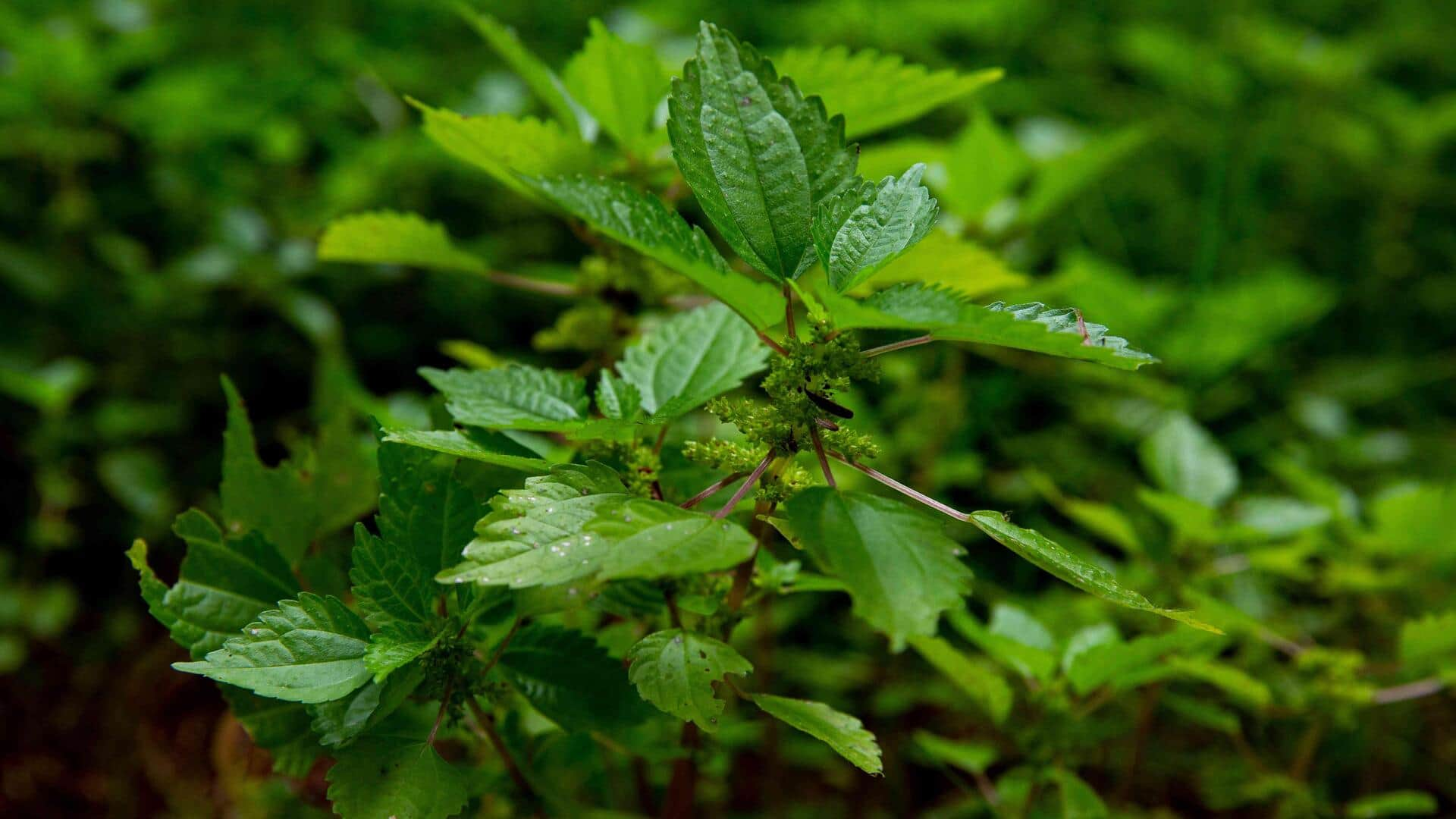Boiling Water Power
One of the simplest yet effective methods involves boiling water. Pouring hot water directly onto the weeds can quickly kill them. The heat damages the plants’
cells, causing them to wither and die. This approach works best on young weeds and those with shallow root systems. For optimal results, carefully target the weeds, avoiding surrounding plants you wish to preserve. While efficient, boiling water offers a temporary solution, so regular application might be necessary, particularly in areas prone to weed growth. Always exercise caution when handling boiling water to prevent burns. The beauty of this method lies in its simplicity and readily available resources.
Vinegar Weed Solution
Vinegar, especially the household variety, serves as a natural herbicide. The acetic acid in vinegar disrupts the plant's ability to function, leading to its demise. To use this method, mix vinegar with water in a spray bottle (the concentration can vary depending on the weeds' resilience; stronger vinegar may be needed for tougher plants). Spray the vinegar solution directly onto the weeds, ensuring complete coverage. Vinegar works well on various weed types, but it is most effective on young weeds or those in direct sunlight. For enhanced efficacy, consider adding a squirt of dish soap to the vinegar solution; this helps the mixture adhere to the weed's leaves. Repeat applications might be necessary to eliminate persistent weeds completely, and be mindful, as vinegar can also affect nearby plants if over-sprayed.
Salt the Weeds Away
Salt, a common kitchen staple, can also be a weed killer. When sprinkled on weeds, salt draws moisture from the plants, causing them to dehydrate and perish. For this approach, combine salt with water to create a concentrated solution, or apply salt directly to the weeds, particularly those growing in gravel paths. Apply the salt strategically, as it can alter soil conditions and affect surrounding vegetation. Salt-based weed control is a good option for pathways and areas where nothing else is intended to grow. The effectiveness of salt depends on factors like weed type, soil, and weather. Avoid heavy salt usage, as it could impact the overall soil health. This is an economical choice for many homeowners looking to keep weed growth under control.
The Manual Removal Option
Physical removal of weeds remains a straightforward method for maintaining gravel areas. Using gardening tools like a hand weeder, small trowel, or even your hands (with gloves) is helpful. Grasp the weeds close to the base and gently pull them out, aiming to remove the entire root system. Ensure you remove as much of the root as possible to stop the weeds from regrowing. This method is best suited for small infestations or when a quick and eco-friendly solution is needed. Remove the weeds, dispose of them properly to avoid spreading seeds, and the gravel should stay relatively clean. Routine manual weed removal helps to prevent weed problems from getting out of control. This hands-on approach provides a direct method for weed management and can be an excellent exercise.








